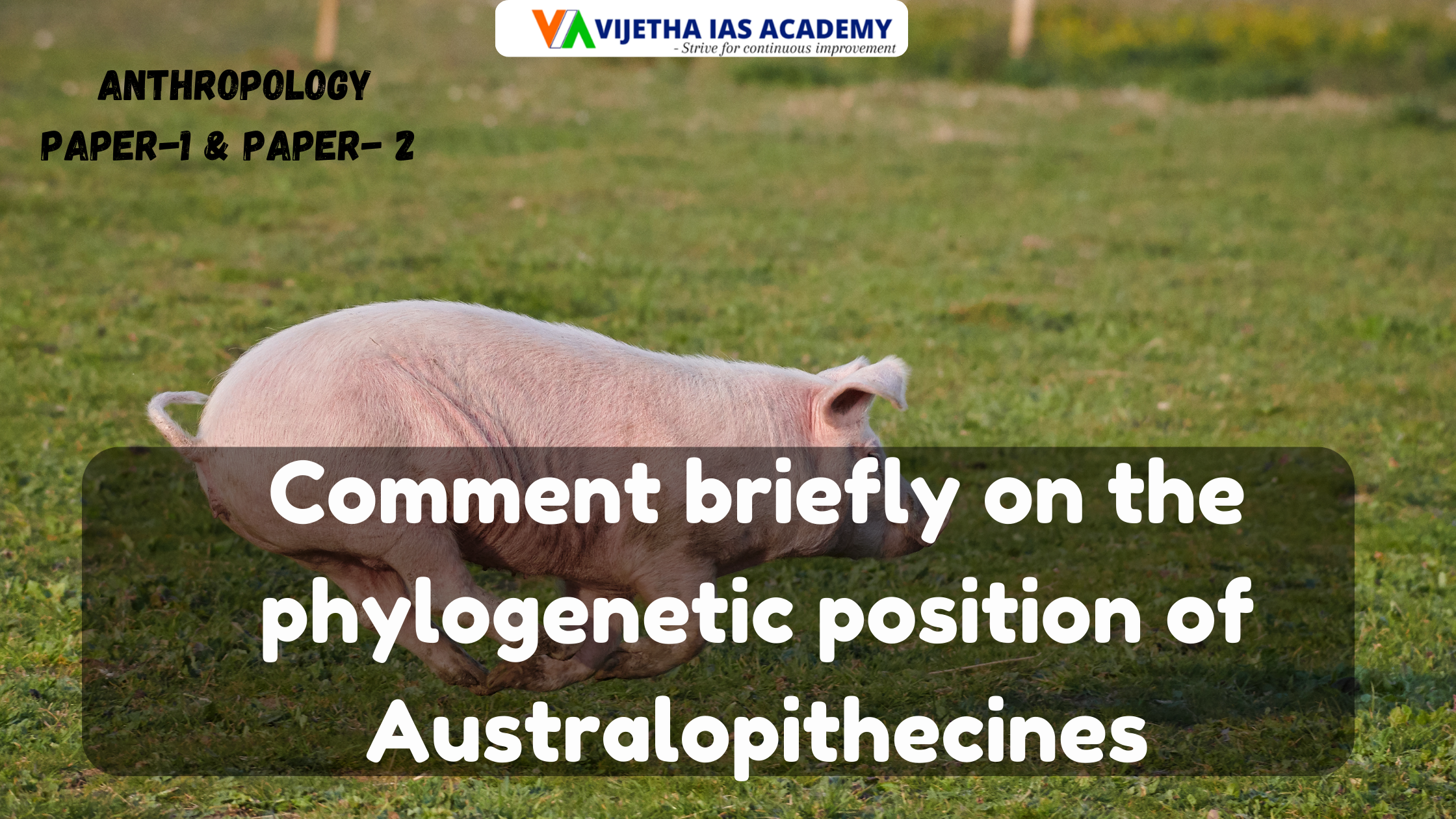
Introduction
Australopithecines, an extinct genus of hominins, hold a crucial position in the study of human evolution. These early hominins are considered significant for understanding the evolutionary lineage leading to modern humans. Their phylogenetic position is a subject of extensive research, highlighting their role as a potential ancestor to the genus Homo.
Main Body
The Australopithecines, dating back to around 4.2 to 2 million years ago, are divided into two major groups: Gracile Australopithecines (e.g., Australopithecus afarensis) and Robust Australopithecines (e.g., Paranthropus boisei). Their phylogenetic position is marked by several key features:
1. Bipedalism: Evidence from fossilized footprints (e.g., Laetoli footprints) and skeletal structures, such as the pelvis and femur, indicates that Australopithecines were bipedal. This adaptation is a significant evolutionary milestone, suggesting their close relationship with later hominins, including the genus Homo.
2. Cranial Features: The cranial capacity of Australopithecines ranged from 375 to 550 cubic centimeters, larger than that of non-human apes but smaller than later hominins. The structure of the skull, particularly the position of the foramen magnum, further supports their bipedalism and transitional status between apes and humans.
3. Dentition: The dentition of Australopithecines shows a mix of primitive and derived features. While their large molars and thick enamel are adapted for a diet of hard plant material, the reduced size of canines and lack of diastema suggest a shift toward a more human-like dental structure.
4. Phylogenetic Implications: The Gracile Australopithecines, particularly Australopithecus afarensis (e.g., the famous "Lucy" fossil), are considered a direct ancestor of the genus Homo. Robust Australopithecines, on the other hand, represent a side branch of human evolution that eventually went extinct, likely due to specialized dietary adaptations.
Conclusion
In conclusion, Australopithecines occupy a pivotal phylogenetic position as a transitional form between early apes and the genus Homo. Their bipedalism, cranial features, and dentition provide crucial evidence for understanding human evolution. While the Gracile Australopithecines are believed to be directly ancestral to humans, the Robust Australopithecines represent an evolutionary experiment that did not survive into the present. Thus, Australopithecines are key to deciphering the evolutionary path that led to modern humans.

-1731656166272.webp)
